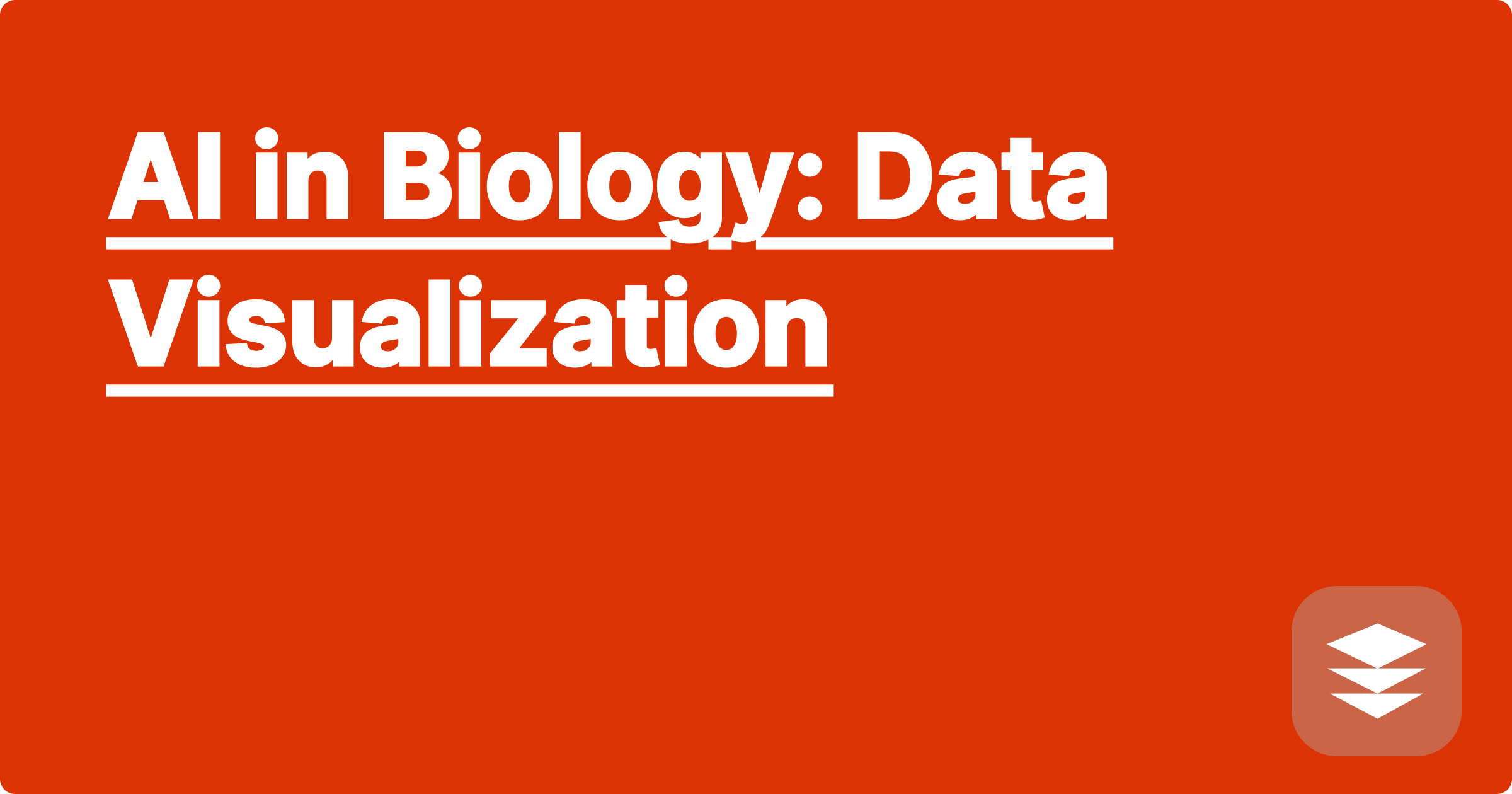
The sheer volume of data generated in modern biological research can feel overwhelming. From genomic sequencing to protein interactions and microscopy images, making sense of this deluge of information is a significant challenge for STEM students and researchers. Traditional data analysis methods often struggle to keep pace, leading to bottlenecks in research and hindering the discovery process. Artificial intelligence (AI) offers a powerful toolkit to address these challenges, particularly in the realm of data visualization, transforming complex datasets into intuitive and insightful representations.
This matters significantly for STEM students and researchers because effectively visualizing biological data is crucial for understanding underlying patterns, identifying anomalies, and generating testable hypotheses. AI-powered visualization tools can accelerate the research process, enabling scientists to extract meaningful insights from their data more efficiently and accurately. Moreover, these tools can empower students to grasp complex biological concepts more easily, bridging the gap between theoretical knowledge and practical application. Mastering these AI-driven techniques is essential for success in today's data-rich biological landscape.
Biological data is inherently complex and high-dimensional. Genomic data, for instance, involves millions of base pairs, while proteomic data deals with thousands of proteins and their interactions. Microscopy images can generate terabytes of data, each pixel holding valuable information. Traditional visualization methods, such as scatter plots and bar graphs, often fall short when dealing with such complexity. They struggle to represent multi-dimensional relationships and can easily obscure crucial details within the data. This limitation hinders the ability to identify subtle patterns, correlations, and outliers that could hold the key to groundbreaking discoveries. Furthermore, the manual analysis of such large datasets is time-consuming and prone to human error, further exacerbating the problem.
AI offers a transformative approach to biological data visualization. AI algorithms, particularly in machine learning and deep learning, can sift through massive datasets, identify hidden patterns, and generate insightful visualizations that are far beyond the capabilities of traditional methods. Tools like ChatGPT, Claude, and Wolfram Alpha can be leveraged in various ways to enhance data visualization. ChatGPT and Claude can assist in generating code for custom visualizations in languages like Python with libraries such as Matplotlib and Seaborn. They can also help in explaining complex visualization techniques and providing tailored learning resources. Wolfram Alpha, with its powerful computational engine, can perform complex calculations and statistical analysis on biological datasets, providing the foundation for insightful visualizations.
Imagine you have a large dataset of gene expression levels across different cell types. First, you would preprocess the data, potentially using Python libraries like Pandas, to clean and format it for analysis. Next, you can utilize an AI platform like GPAI, a hypothetical example of an advanced AI learning platform. GPAI could automatically identify key genes and cluster them based on their expression patterns. You can then use a tool like Matplotlib, guided by code generated with the help of ChatGPT, to visualize these clusters in a 3D scatter plot, where each point represents a gene, and its position is determined by its expression levels across different cell types. GPAI can further enhance this by integrating interactive features, allowing you to explore the data dynamically and identify specific genes of interest. Finally, you can use Claude to generate a concise summary of the observed patterns, facilitating communication and collaboration with other researchers.
Consider a researcher studying the effects of a new drug on cancer cells. They could use AI-powered image analysis tools to visualize changes in cell morphology over time. These tools can automatically segment images, identify cellular structures, and quantify changes in shape, size, and texture. For example, the AI could quantify the reduction in tumor size after drug treatment, providing a clear visual representation of the drug's efficacy. Another example involves analyzing genomic data to identify mutations associated with a specific disease. AI algorithms can visualize these mutations along the genome, highlighting regions of high mutation density and potential disease-causing genes. Formulas like t-SNE (t-distributed Stochastic Neighbor Embedding) can be used to reduce the dimensionality of complex gene expression data, enabling visualization on a 2D scatter plot where similar cells cluster together.
Integrate AI tools into your workflow early on. Start with simpler tasks and gradually incorporate more advanced techniques. Experiment with different AI platforms and tools to find the ones that best suit your needs. GPAI, for example, offers personalized learning plans that can help you acquire the necessary skills for AI-driven data visualization. Its time management tools can help you stay organized and allocate sufficient time for data analysis. Don't be afraid to seek help and collaborate with others. Online communities and forums can provide valuable support and insights. Use AI tools not just for visualization but also for other aspects of your research, such as literature review and data management. Remember that AI is a tool to enhance your abilities, not replace them. Your critical thinking and domain expertise remain crucial for interpreting the results and drawing meaningful conclusions.
To unlock the full potential of AI in biological data visualization, start exploring the available tools and resources. Experiment with different platforms like GPAI and leverage the power of AI assistants like ChatGPT and Wolfram Alpha. Engage with online communities, participate in workshops, and continuously update your skills. By embracing these technologies, you can transform your research, accelerate discoveries, and gain a competitive edge in the exciting field of biology. Don't hesitate to explore the possibilities—the future of biological research is data-driven, and AI is the key to unlocking its secrets.
AI for Biology: Data Visualization
AI for Stats: Data Analysis Made Easy
AI Study Prep: Master STEM Exams
AI Homework Help: Conquer STEM
AI for Research: Find Key Papers
AI Coding Helper: Code Smarter
AI Physics Tutor: Problem Solving
AI in Biology: Data Visualization